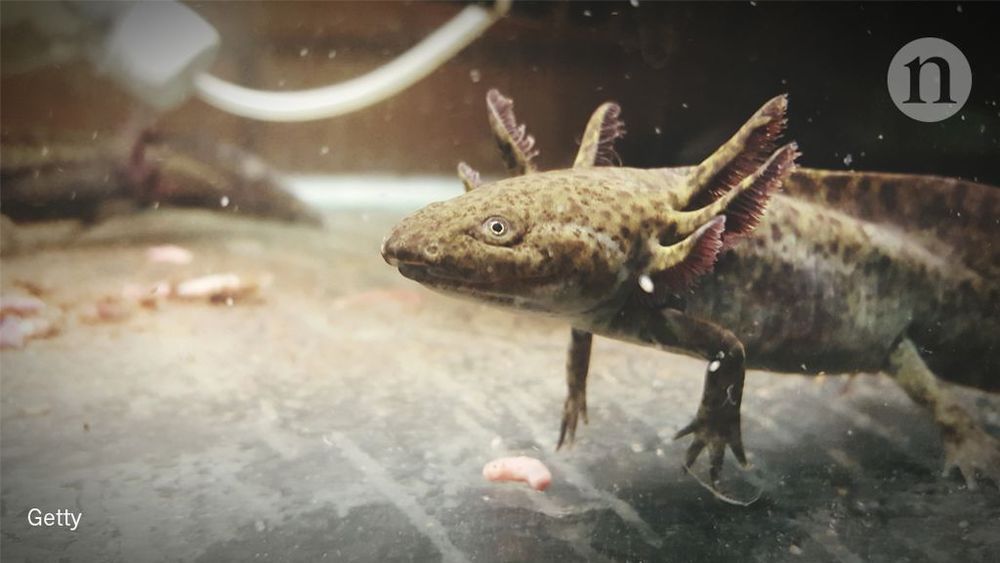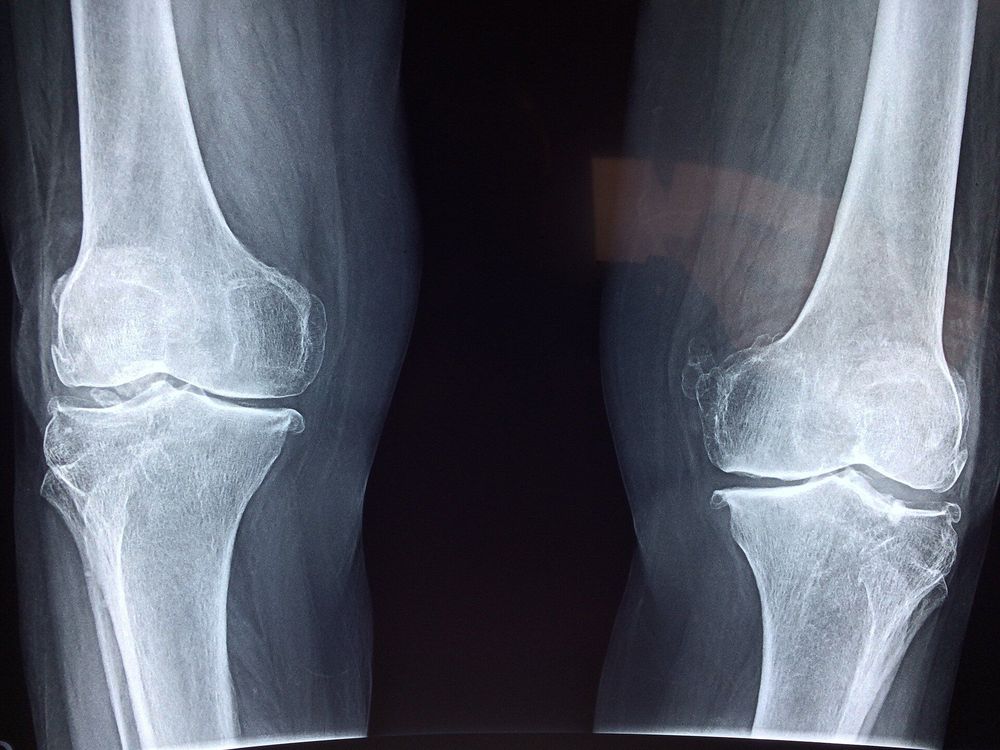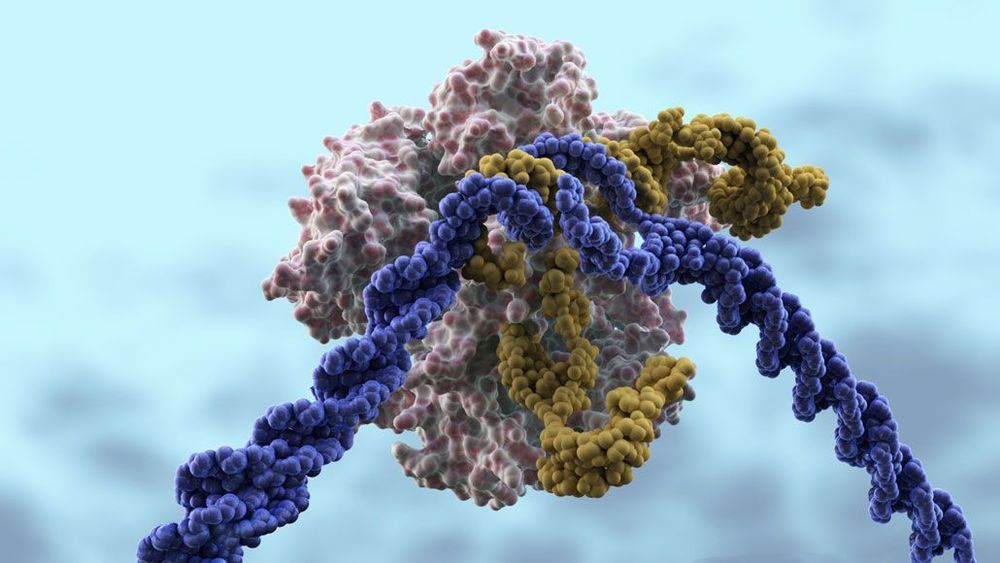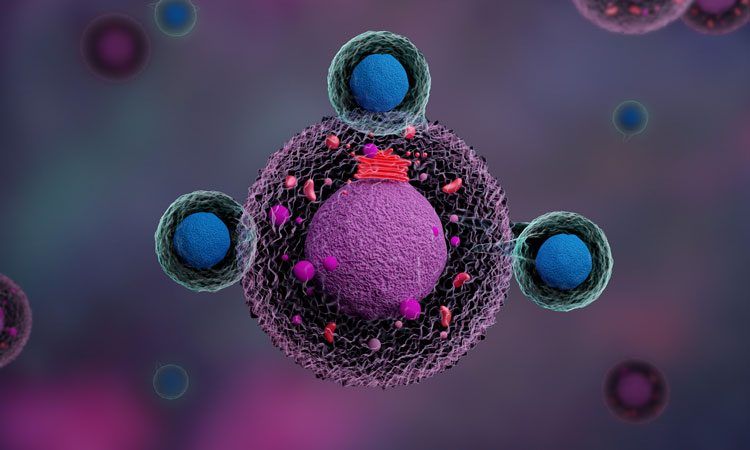For the December edition of the Journal Club hosted by Dr. Oliver Medvedik, we are joined by Dr. Matthew O’ Connor (Oki) formerly of SENS Research Foundation and now the head researcher at Underdog Pharma, a spin-off biotech company that is developing research conducted at SENS into a hopefully viable solution for heart disease.
Dr. O’Connor will be giving a short presentation covering the story of 7-Ketocholesterol, a harmful byproduct of oxidized cholesterol that Underdog believes is a suitable target for therapeautic intervention to prevent the formation of artery plaques, the basis of atherosclerosis. Then, we will review the new paper that his team has published and follow it up with discussion and questions.








